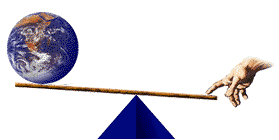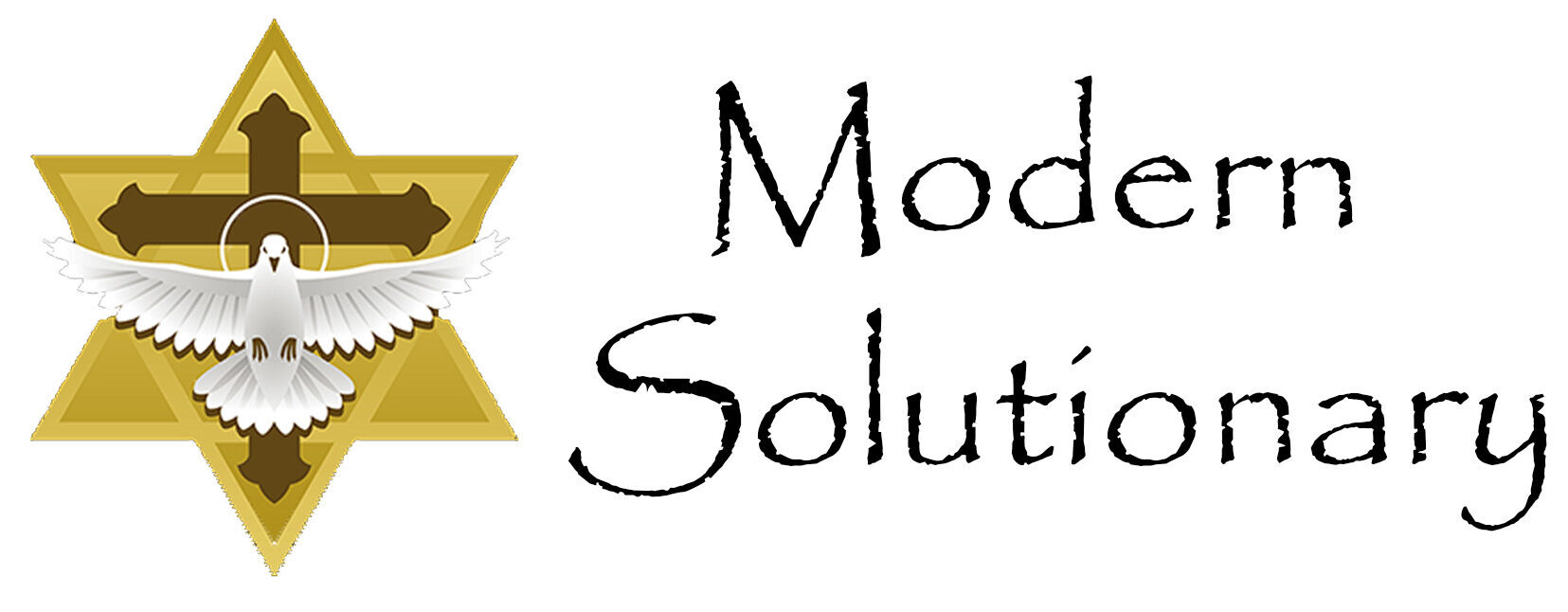History is so important to the human race because it provides us with the experience component of wisdom. It is wisdom that solves our troubles and without history we have no chance of overcoming our future dilemmas before they cause harm. It is through the lessons of history that we come to understand; how the eternal laws can solve these quandaries, create tools that leverage the power of the laws and master the application of the laws through the tools that we create so as to benefit all mankind.
For instance, the first clamps are said to have been developed by the Egyptian around 600 BC. They were made by wedging two boards between large rocks. The wedging force tightly pressed the two boards together so the glue could set, binding the boards as one. This created stronger boards and for ship building, made a leak proof seal between boards.
Much has changed since 600 BC but the uses of modern clamps still solve the exact same problems they were originally intended to solve using the same laws of nature. The Egyptians understood the Law of the Lever; force leveraged by a fulcrum will increase power, creating extra strength.
 In addition, they used simple logic in applying the predictable results of the law to solving other problems. Today we don’t have to look far to find examples of how clips, clamps and wedges are used to solve common everyday problems.
In addition, they used simple logic in applying the predictable results of the law to solving other problems. Today we don’t have to look far to find examples of how clips, clamps and wedges are used to solve common everyday problems.
These master solutionaries, immediately began using their “recent historic” lesson in completely different ways; using the outcome of law to solve other unrelated problems; not only with physical tools but with mental one as well.
Do we as modern solutionaries, still possess this simplistic, holistic, and invention-focused mindset?
I believe it is alive and well in the hearts, minds, and spirits of the modern solutionaries and it is the duty of these solutionaries to bring the ancient lessons back into widespread practice using the Wisdom of the Power of Three.
The Law of the Lever brings three tools into play; a fulcrum, a lever, and the object to be moved. As it pertains to leadership this law has the same three tools; the fulcrum is the employee base of the company, the lever is the product / service offered, and the object to be moved is the client / customer. If the employees are firmly planted in the right place, the product / service is dependably strong, the client / customer can easily be moved by the organized efforts.
In a similar analogy, the clip, another tool based on the Law of the Lever, is designed to bring things together. 
Isn’t that what a good leader is called to do?
A clip also has three components; the jaws, the spring and the pin. The jaws represent the employees, the spring the company’s culture of operations, and the pin is the leadership. Each component has its own responsibilities as they relate to the clip (company) holding the clients firmly together. If any one of the components fails the clients begin to slip away.
The employee must be strong enough to do their job well. The team must apply joint efforts through a unified strength; if one side is too weak, failure will result. Unified strength can only be developed through required education, training, and coaching. The old adage rings true, “You are only as strong as your weakest link.”
It is the culture of an organization that creates the tension needed to operate smoothly, effectively, and profitably. Without some tension there are no reasons to improve and with too much tension people break, becoming useless to themselves, the company. and the clients. The culture is what makes the end user feel secure about working with the employees. Too much tension they will feel uncomfortable about doing business with them, too little tension they feel undervalued.
Leadership is the pin that holds the entire unit together. Without the pin the jaws and the spring fall apart into separate pieces without a purpose. If the pin is too weak, the pressure from the clients / customers, employees, and the culture will snap it in half. A leader must be stronger than the culture and employees but must be viewed as of equal value with the rest of the team; in essence they must be one with the team and the creator of the culture. The leadership is the central focal point where all component rest.
As we ponder these lessons, consider whether we are trying to complicate our world too much. Are we losing sight that the problems that the ancient Egyptians faced still exist today, and the solutions provided through the natural laws still provide the same predictably reliable solutions today. If this happens, even though we are a more educated people, we become less wise as a society.
If this is my last post, I want all to know that there was only one purpose for all that I have written; to have made a positive difference in the lives of others.
Anthony “Tony” Boquet, the author of “The Bloodline of Wisdom, The Awakening of a Modern Solutionary”
